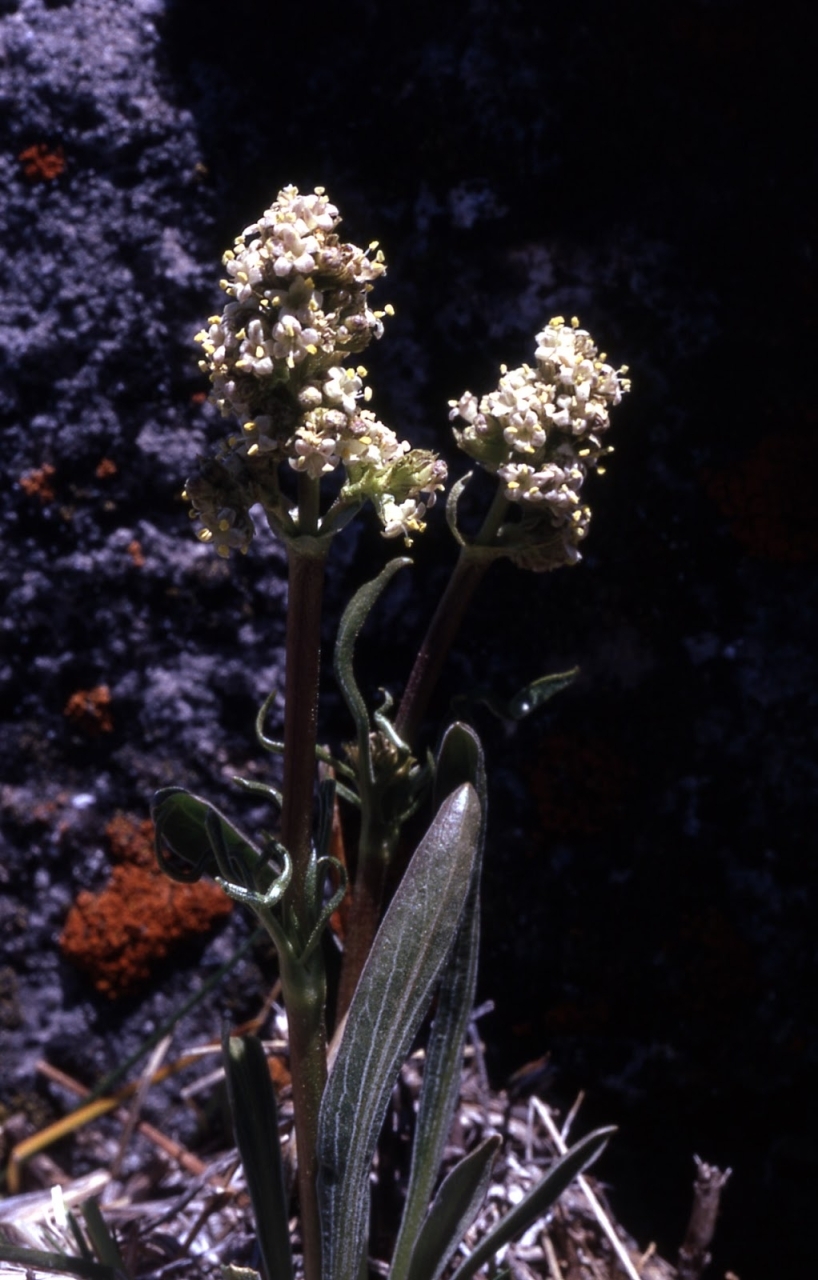- Home
- >
- The changing climate due to global warming has been found to affect the male-to-female ratio of plants such as valerian
Valerian is a perennial plant that exhibits dioecy, meaning it has separate male and female individuals. Among the various species within the valerian genus, Valeriana officinalis is known for its sedative and anti-anxiety effects. Another species, Valeriana edulis, is native to North America and can be found at elevations ranging from 1,600 to 3,500 meters.
With such broad distribution, these plants naturally face different climate conditions. For every 100-meter increase in elevation, the temperature decreases by approximately 0.6 degrees Celsius during the summer and 0.36 degrees Celsius during the winter. This means that the climate experienced by Valeriana edulis can differ by as much as 11 degrees Celsius, with increased rainfall and soil moisture. According to climate data from the Rocky Mountains, for every 100-meter increase in elevation, the number of snowmelt days is delayed by 4.1 days. In other words, Valeriana edulis growing at higher elevations face shorter growing seasons.
What impact does a shortened growing season have on these plants? Previous research has found differences in the male-to-female ratio of Valeriana edulis plants growing at high and mid-high elevations. For every 100-meter increase in elevation, the proportion of male plants decreases by 0.88%. From areas of equal male-to-female distribution at the lowest distribution zone, the male-to-female ratio reaches approximately 3:1 at the highest distribution zone, with only 22.7% of plants being male. Thus, it seems that temperature may indeed influence the male-to-female ratio of valerian plants.
The impact of global warming on plants has been significant in recent years. For plants like Valeriana edulis, whose male-to-female ratio is influenced by temperature, it raises the question of whether warming will affect them as well.
A study in the Colorado Rocky Mountains region found that from 1978 to 2014, the average temperature increased by 0.21 degrees Celsius per decade. This temperature rise led to changes in rainfall, soil moisture, and snowmelt dates. Rainfall decreased by 1.91 mm per decade, soil moisture decreased by 1.5% per decade, and snowmelt occurred 2.9 days earlier per decade.
Such changes cannot go unnoticed for Valeriana edulis. Researchers closely observed four populations of the plant and found that flowering dates have advanced by 3.1 days per decade over the past forty years. They also discovered an increased proportion of male individuals at higher elevations, with a rise of 1.28% per decade as warming progresses. This has resulted in a decrease in the male-to-female ratio from 3.4 to 2.85 over the past forty years (with the male proportion rising from 22.7% to 26%).
How does the change in the male-to-female ratio affect pollination rates? With 90% of the pollen received by female plants originating from nearby male plants, it is reasonable to assume that altered male-to-female ratios would impact pollination success. The study revealed that the highest elevation zone had a historic pollination success rate of only 76%, while the lowest zone had a rate of 95%. Based on current data, if the warming rate remains constant, the pollination success rate in the highest zone of Valeriana edulis would increase by 11.2% by the year 2100. However, for the lowest zone, where female individuals are already "pollen saturated," no further increase would be observed.
An increase in pollination success rates leads to an immediate effect of increased populations in high-elevation Valeriana edulis communities. However, given that these high-elevation areas have lower temperatures and shorter growing seasons (meaning fewer available resources), more plants competing for limited resources raises questions of whether overcompetition will result in overall diminished plant health. Additionally, the study found that female individuals have a higher abundance of insects compared to male individuals. Some of these insects rely solely on Valeriana edulis for their survival. As warming-induced reductions in female individuals occur in these high-altitude regions, it may also result in a decrease in food availability for these insects. If the increased competition leads to poor plant health, it may further impact the livelihoods of these insects. It is unfortunate that while human activities cause global warming, innocent plants and animals have to bear the consequences. The burden is undoubtedly heavy for these helpless beings.
Reference:
William K. Petry et al. Sex-specific responses to climate change in plants alter population sex ratio and performance. Science 01 Jul 2016: Vol. 353, Issue 6294, pp. 69-71 DOI: 10.1126/science.aaf2588
Author: Green Yeh
Assistant Professor, Department of Life Science, Tzu Chi University, Science Education Center contributor, engaged in writing popular science articles.

